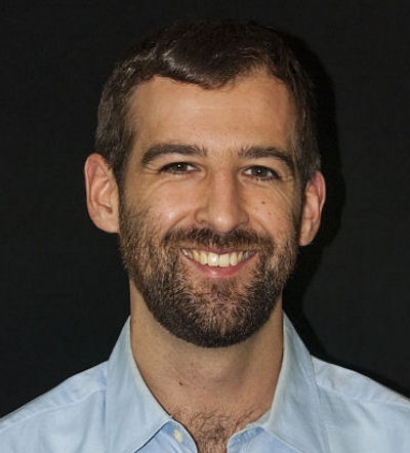
Over the past year, the adoption of distributed energy resources (DERs), such as solar PV, has increased tremendously. Alongside escalating concerns around carbon and greenhouse gas mitigation, this has forced an understanding that US utilities need to re-orientate their operating strategy and industry outlook in the face of regulatory, policy, and technological change – or risk losing market share.
The latest report from the Rocky Mountain Institute (RMI), Reimagining the Utility, aims to help policymakers and industry leaders make this transition by framing the critical choices regulators and utilities must make to best shape the ongoing evolution of a cleaner, more resilient, and more customer-oriented grid.
REM talked to Rocky Mountain Institute’s Dan Cross-Call to discuss these issues in greater depth.
Can you give me an idea of the size of the increase in distributed energy resources in the US over the past year?
I don’t know the specific figures but PV has grown significantly over the last five years. That growth is different depending on the state or the utility that you live in, or is being served. Hawaii has shown tremendous growth in solar PV and other states are now following that pace. California is one, Arizona another, a couple of others.
Would you say that, out of all the renewable energy sectors, solar PV is the strongest performing?
Certainly, in the distributed energy resource market, PV is the leading technology. We’re now seeing growth in other technologies, like electric vehicles and energy storage, they are starting to follow a similar growth path.
What is the situation now with US utilities with regard to this and their ability to react to this growth?
It does vary, but the nature of the industry is that all these have performed according to one business model over the last century that was designed for large thermal power plants and large centralised transmission to load centres. As that has been upended, with a greater interest in clean energy and sustainable economics, the utility business model needs to adapt. That is the position that energy utilities around the world, as in the US, are confronting.
How should utilities re-orientate their strategy to overcome these problems?
Fundamentally, it requires rethinking of the utility business model. That is rethinking of the growth model that assumes increase in demand year over year, or decade over decade, and with that comes investment in new power plants, or just the distribution infrastructure, toward a model that is more service-based and provides value to customers and value to the grid alike.
What are the main challenges that utilities need to overcome to get to this point?
I think it’s finding new ways to innovate in what is traditionally a rather conservative, risk-averse, industry. That requires new partnerships between utilities, as competitive service providers, as well as a healthy dialogue with regulators and other stakeholders to create allowance for that type of innovation. This is new ground for everyone involved. The new systems will not look like the historical systems and that requires healthy dialogue and new policy development, while protecting the attributes of accessibility and affordability.
What are the main recommendations of the Reimagining the Utility report?
What we are really urging with this report is a thoughtful and coherent approach to these questions. That means putting forward a vision and statement for the future utility that regulators, and the utilities themselves, want to create. Then it’s making policy development and appropriate progress design. I think we see states currently in an exploratory mode, wanting to explore issues, as they should, but in a lot of cases, the exploratory process is not attached to sufficient decisions or commitments or a new vision. I think there are a lot of benefits from putting forth that vision and then pursuing it.
What are the main economic and environmental opportunities to be gained if utilities do this?
The environmental benefits are clear, in decarbonising the power sector, and there are plenty of technologies, such as solar PV, energy efficiency and others, to go about achieving that. With the economic opportunities, these create new business solutions for utilities in the competitive market to get into. These provide value not only to businesses but also to customers. Understanding those business opportunities will provide greater value.
What do you think the future will look like in, say, five years’ time?
Rapid decarbonisation and investment in clean energy infrastructure is important and available across the US electricity system. To do that, in the context of this report, I would like to see an increasing number of utilities and policy makers putting forth bold visions and how they intend to achieve them, meaningfully pursuing those in a manner in which they are willing to rethink traditional business models and investment. I think there are a lot of examples where this is happening, electric vehicles and heating is a growth area for the electricity sector that provides value to the customers, the utilities and the providers as well. There are also examples of states providing examples of how this could be achieved.
Dan Cross-Call is a Manager with RMI’s Electricity Practice. He works on electric utility strategy and regulatory policy, as well as issues of renewable energy adoption and community energy strategy. In addition, Dan supports RMI’s Electricity Innovation Lab (e-Lab), a unique multi-year collaboration of leading industry actors to develop, implement, and spread new solutions to enable greater adoption of economic distributed energy resources. Dan joined RMI in 2013.
For additional information:

